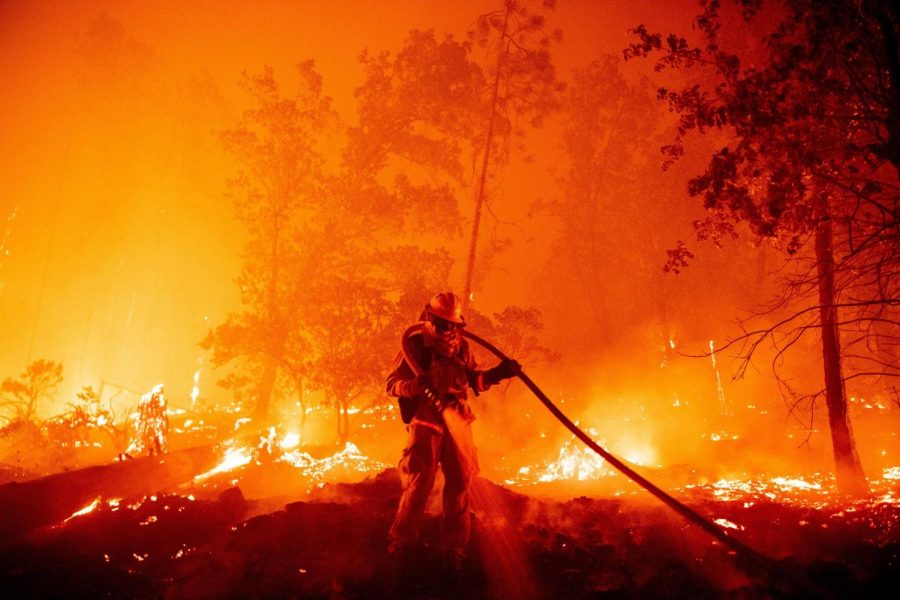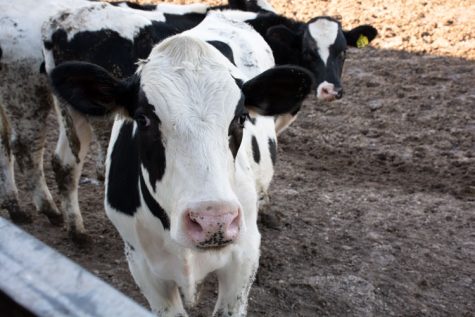California’s cannabis grow sites are in danger of wildfire damage
As wildfires continue to tear through California’s Northernmost region, the state’s cannabis cultivation operations are at risk of being destroyed.
Flames are currently raging through more than 48,000 acres of land, with the most notable damage occurring as a result of the Salt Fire, the Lava Fire and the Tennant Fire.
Reports indicate that a recent heat wave has further stimulated the infernos, which, consequently, has forced the closure of 200 square miles of Plumas National Forest.
The well-established cannabis market in California, which accrued $4.4 billion in sales last year, stands to be severely dented by the aftermath of these uncontrollable blazes.
California’s wildfires have already prompted road closures, evacuations and structural damage across Siskiyou and Shasta counties.
The biggest threat to California’s cannabis farmers lies in a rural part of Siskiyou County, where the Lava Fire ignited two weeks ago – an area where an estimated 5,000-6,000 greenhouses are believed to be growing the plant.
Heat pockets are by high-pressure dome over the U.S.
Some of the largest fires ever documented in the U.S. include the Mendocino Complex Fire and the L.N.U. Lightning Complex fire, with the nation’s first-recorded fires dating back to 1932.
This year, experts predict that California wildfires may be significantly worse than the fires that destroyed cannabis grows in 2020. Not only did last year’s wildfires engulf cannabis cultivation sites spread across California, but flames also obliterated grow sites in Oregon and Washington state.
Wind conditions and location majorly influence how much damage is caused to fire and smoke-inflicted cannabis crops; experts say that California’s fast-spreading wildfires are sparked by winds that shift heat pockets around the popular cannabis cultivation state’s rural areas, canyon country, bushland and forest.
California wildfires are disrupting various industries
Even if plants aren’t completely obliterated by fire, smoke damage can cause serious financial complications for cannabis growers in California. If smoke does not cause the plants to die completely, leftover residue—such as soot, ash and carbon black—may cause irreversible damage to plants grown inside greenhouses and outdoor farms.
California’s legal cannabis sellers are bound to strict testing regulations, therefore if they are caught selling fire- contaminated plants—particularly those that have been tarnished by the residue of toxic man-made establishments—the repercussions can range from financial penalties to complete business closures.
Even pressure-treated wood can release toxic chemicals, such as arsenic and chromium. When these chemicals are contained in the ash and soot leftover from fires, they can pollute cannabis plants; thus making them unfit for consumption.
The cannabis industry aside, fires are also causing damage to other types of agricultural sites, wineries and everyday households. The total economic damage caused by California’s wildfires surpassed $10 billion in 2020.
You can read more updates about wildfires by checking the California Department of Forestry and Fire Protection (CAL FIRE) website.








